
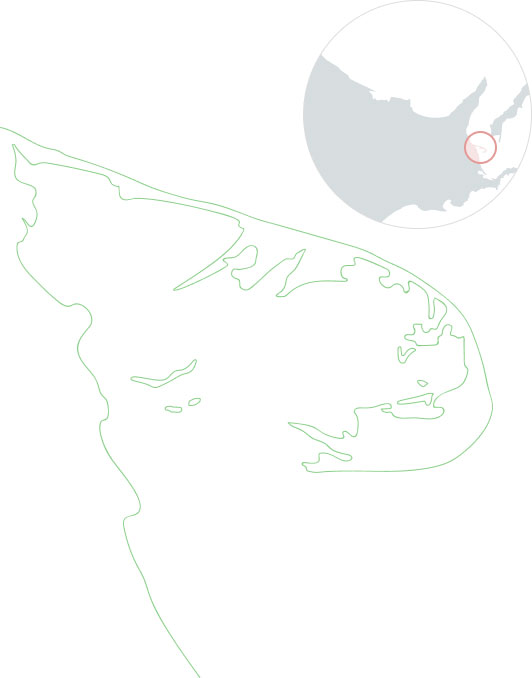
Notsuke Peninsula is located in eastern Hokkaido and is known as Japan’s longest sandspit. A sandspit is a narrow landform created by the accumulation of sand carried by waves and ocean currents. Stretching about 26 kilometers, the Notsuke Peninsula began forming around 4,000 years ago from sand and gravel deposited by the Shiretoko Peninsula and the Shibetsu River. Its distinctive shape has earned it the nickname “The Bridge of Heaven in the North,” and it is celebrated for its striking natural beauty and rich ecosystems.
Within the peninsula lie unique landscapes such as Todowara and Narawara, where nature continues to reshape the scenery over time. The area is also designated as a Ramsar wetland, home to diverse wildlife and plants, and plays an important role in environmental conservation.
Throughout the year, visitors can experience the changing faces of nature—from spring to winter. The peninsula is especially known for birdwatching, with species like the Steller’s sea eagle and white-tailed eagle, and for winter experiences such as walking on the frozen sea. Local efforts focus on promoting sustainable tourism that coexists with nature, ensuring that the beauty of Notsuke can be appreciated for generations to come.

Notsuke Peninsula has long been closely connected to the lives of the Ainu people, the Indigenous people of Hokkaido. The name “Notsuke” is derived from the Ainu word “notke,” meaning “the tip of a cape,” which reflects the shape of the peninsula itself.
The Ainu people hunted, fished, and gathered here while living in harmony with nature. They harvested abundant seafood and practiced a sustainable way of life rooted in respect for the natural environment. Even today, traces of Ainu culture remain in the place names and traditions of the region, allowing visitors to appreciate the deep cultural history that continues to influence the area.
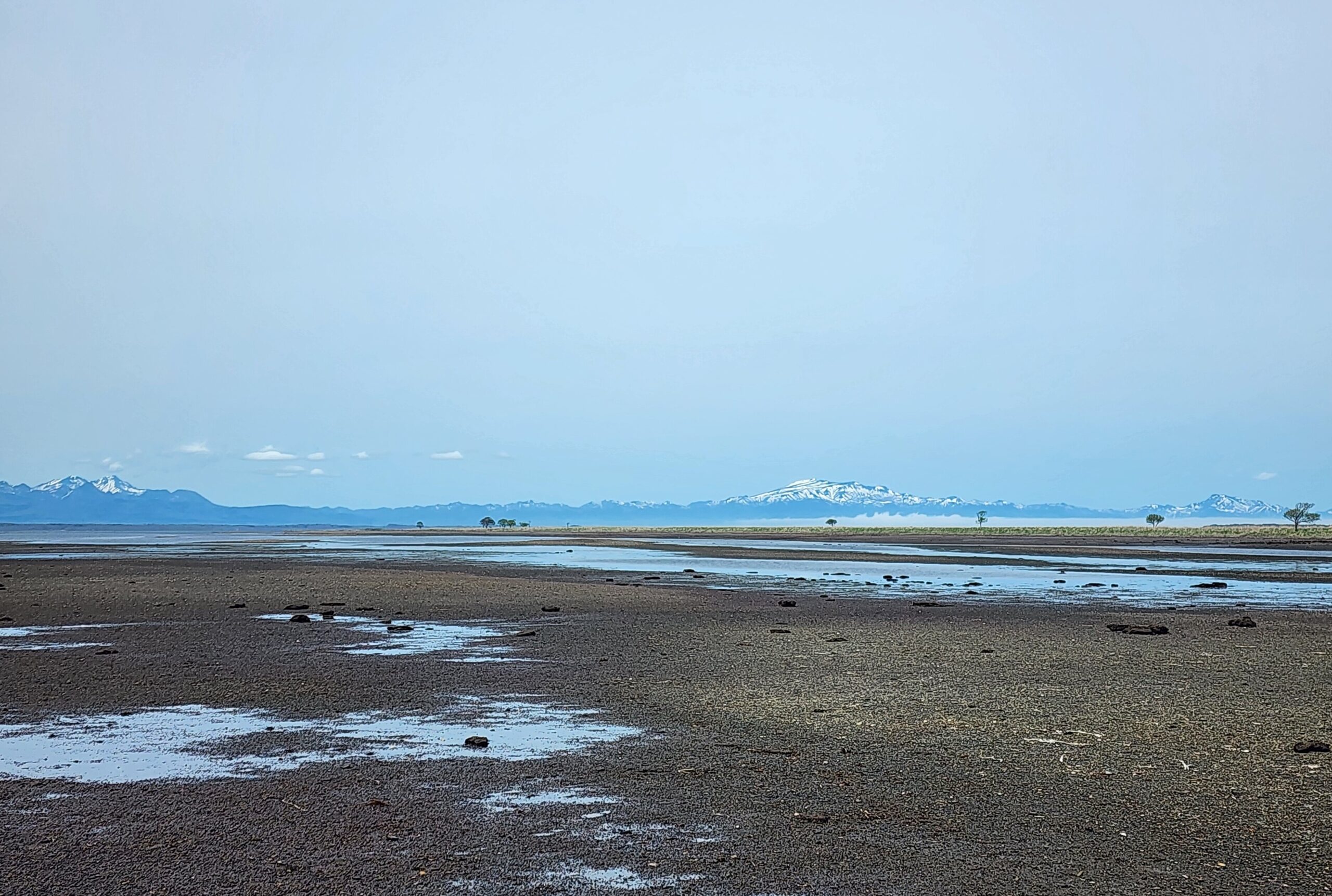
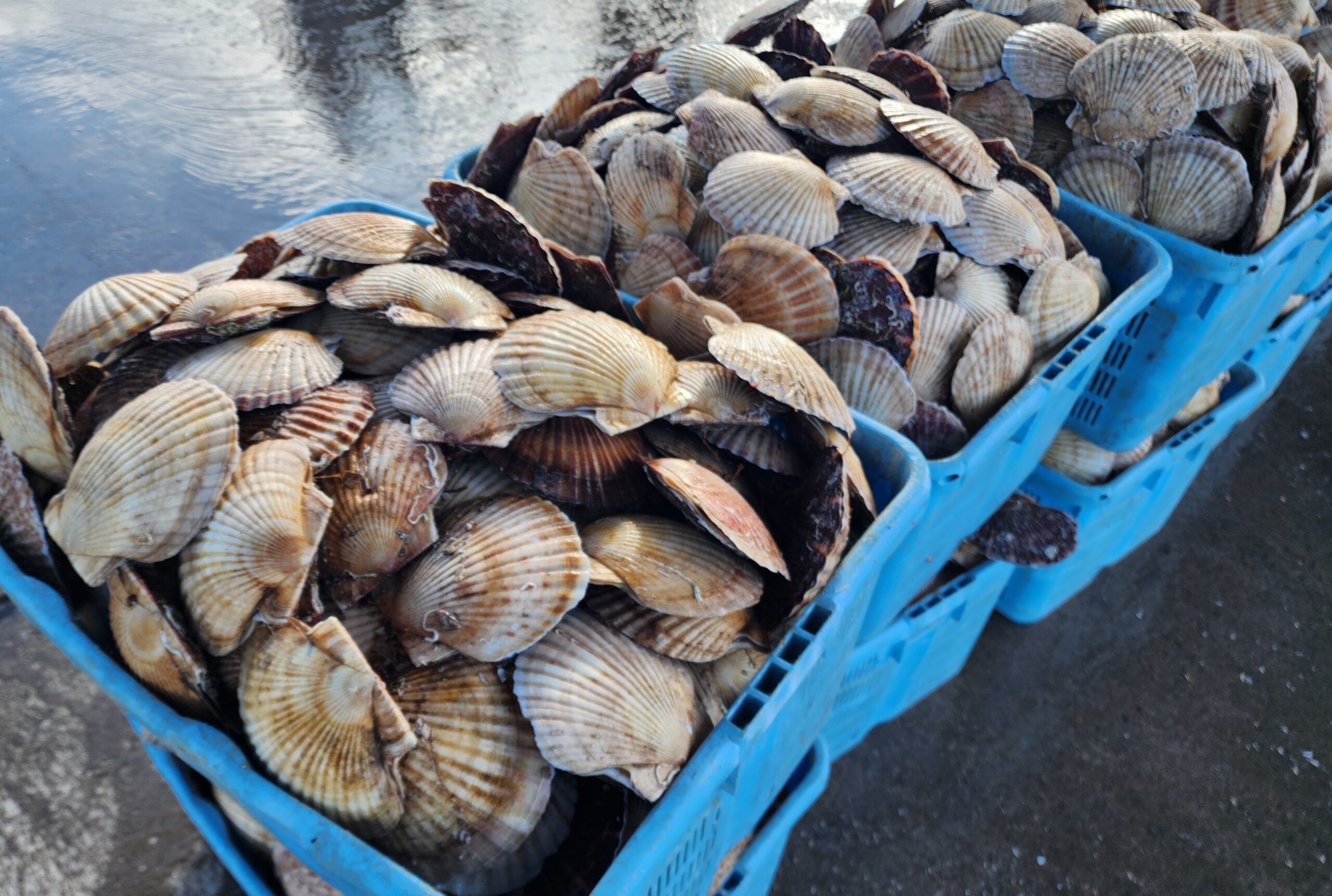
From the Meiji period onward, modernization of fish processing advanced along the Nemuro Strait, increasing the economic value of the Notsuke fishing grounds. In 1878, the government established the Bekkai Canning Factory near the Nishibetsu River mouth, introducing Western canning technology. This became the foundation for the local fish-processing industry. The factory was later privatized, helping to expand salmon exports across Japan and overseas.
Notsuke Bay’s rich fisheries were shaped by its natural environment—the nutrient-rich waters brought by drift ice and tides, and the eelgrass beds that thrive in the shallow inner bay. These conditions supported a diverse fishery including salmon, scallops, surf clams, flounder, herring, and the iconic Hokkai shrimp. Scallops, in particular, have remained a major product thanks to careful handling and strict hygiene practices that preserve their quality.
Hokkai shrimp are caught using a traditional sailboat called “Utase-bune,” a fishing method dating back to the Meiji era. These boats rely solely on wind and tides, allowing for an environmentally friendly approach. Fishing takes place only for short periods in early summer and autumn to protect resources. The sight of these sailboats has been designated a Hokkaido Heritage, symbolizing both cultural tradition and sustainable fishing.
In recent years, local fishers have continued to adapt—adjusting seasons and catch limits, improving freshness control, and maintaining balance with nature. These practices sustain the rich fishing grounds of the Notsuke Peninsula today.
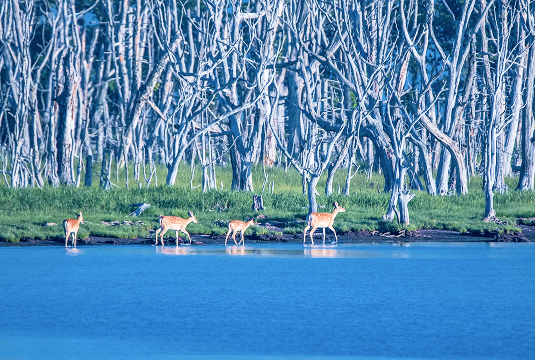
Notsuke Peninsula, one of Japan’s largest sandspits, features a remarkable mix of tidal flats, wetlands, grasslands, and forests. The standing dead trees of Todowara and Narawara were formed as land subsided and seawater encroached, leaving behind hauntingly beautiful forests that illustrate how the peninsula continues to evolve through the power of wind, tide, and ice.
To protect this dynamic environment, the region has developed clear conservation frameworks. Notsuke and Notsuke Bay are designated Ramsar wetlands, together with Furen-ko and Shunkunitai (registered in 2005), reinforcing protection for migratory birds and wetland ecosystems. Educational tours at the Notsuke Nature Center, carefully managed visitor routes, voluntary fishing regulations, and preservation of traditional methods all contribute to maintaining a balance between human life and the natural world.
Kiraku is said to have been a settlement near the tip of the Notsuke Peninsula, though no physical traces remain today. Archaeological studies and oral traditions suggest that it was once a hub of trade and cultural exchange along the Nemuro Strait.
From the Jomon period through the Edo era, Notsuke served as a maritime gateway connecting the main island of Hokkaido and Kunashiri Island. Kiraku prospered as a center for fishing and trade, and also as a lively meeting place for merchants, fishermen, and travelers. Supported by abundant salmon resources, it became a crossroads where Ainu and Japanese cultures interacted—sometimes in harmony, sometimes in tension.
One of the defining events of this cultural contact was the Kunashiri-Menashi Rebellion of 1789, when Ainu groups rose up against Japanese control and trade exploitation. The conflict, which spread across the Nemuro Strait region, was later suppressed by the Matsumae domain, marking a turning point in local history.
As trade routes shifted, Kiraku eventually disappeared, but its name endures in local memory. It symbolizes a place where people, nature, and cultures converged through the life-giving power of salmon—a key to understanding why Notsuke Peninsula is still known as the “Sacred Land of Salmon.”.
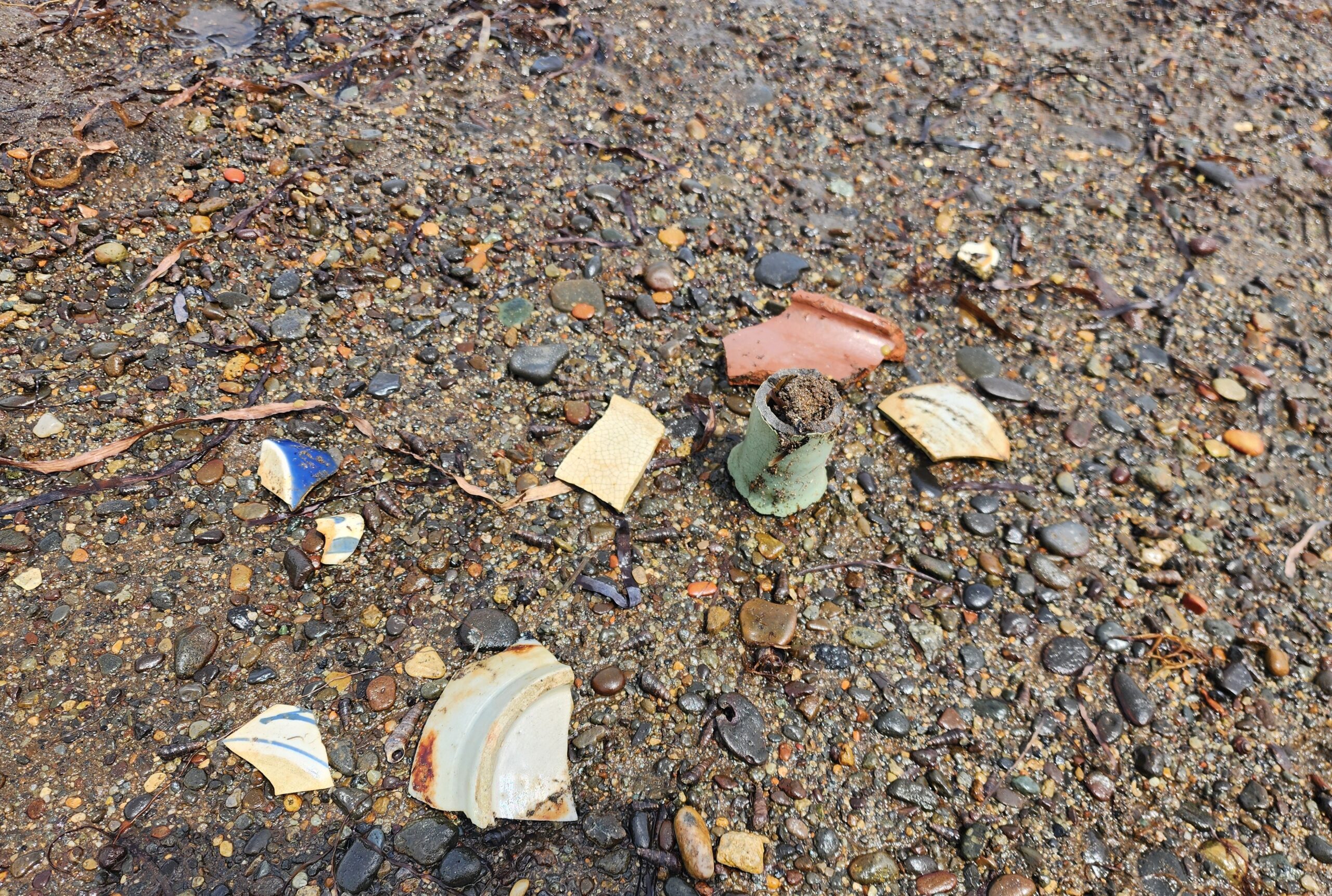
Curious about Notsuke Peninsula? Whether it's your first visit or your fifth, we're happy to answer any questions you may have. Let us help you plan a meaningful experience.
Contact